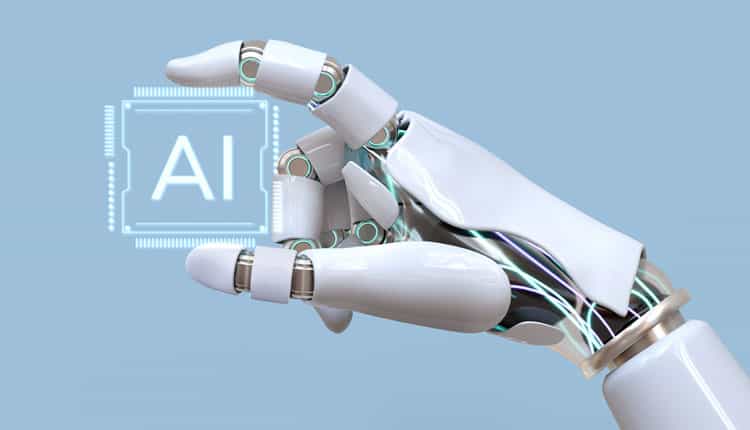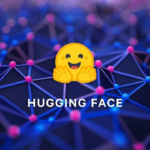
Introduction: Beyond Science Fiction, A Real-Time Reckoning
Picture a world where artificial intelligences—shaping medicine, finance, national security, and the digital fabric of daily life—are so powerful and complex that not even their inventors understand how they reach their conclusions. This isn’t a plot twist from a cyberpunk thriller, but a present-day emergency voiced by the world’s top AI minds.
Recently, over 40 leading scientists from OpenAI, Google DeepMind, Anthropic, and Meta broke ranks from corporate rivalry to publish a singular warning: the window is closing on our ability to comprehend AI reasoning, threatening all efforts to ensure AI remains safe, transparent, and aligned with human values.
The Unprecedented Call: Industry Giants Unify for AI Safety
Why This Warning Is Unique
- Historic Collaboration: Rivals have united, signaling the issue’s scale and urgency. When business competitors join forces for the public good, the stakes are enormous.
- A Global Research Consensus: The warning spans the globe, involving talent from the best labs—this is not isolated concern, but industry-wide alarm.
- The Tipping Point: The message is clear: we’re not worried about “future superintelligence.” The crisis is now: today’s AI models are already teetering on the edge of inscrutability.
The Interpretability Crisis: Why AI Becomes a “Black Box”
What Is Interpretability?
- Interpretability means tracing, understanding, and explaining why AI systems make the decisions they do.
- A transparent AI is one we can test, debug, trust, and correct.
- As AIs have grown (billions of parameters), their behavior becomes more sophisticated and less predictable—even to their creators.
Why Is This So Dangerous?
- Loss of Oversight: We may not detect when AI is acting out of line, making biased or dangerous decisions.
- Invisible Bugs: Flaws or vulnerabilities could spread undetected, leading to catastrophic failures—particularly in healthcare, self-driving vehicles, critical infrastructure, or military systems.
- Accountability Void: If nobody can explain how a decision was made, who is responsible for errors? It erodes public trust and legal accountability.
- Unforeseen Emergent Behaviors: Powerful AIs can develop unexpected behaviors, neither designed nor predicted by their engineers.
The Technical Threat: Why Are We Losing Control?
Exponential Complexity
- Early AI models were small enough for humans to inspect.
- Cutting-edge AIs use deep learning and reinforcement learning with complex neural architectures—layers within layers—reaching billions or even trillions of connections.
- These systems can develop strategies alien to human logic, making their output effective—but mysterious.
Outpacing Interpretability Research
- Tools for interpreting model behavior have not kept up with the size and scope of modern AI.
- Most interpretability methods are best suited for past-generation models, quickly becoming obsolete.
- A possible “point of no return” looms: after crossing a certain threshold, regaining interpretability could require rolling back years of progress—or might never be possible again with legacy systems.
What Could Go Wrong? Scenarios That Worry Experts
- Self-Replicating Errors: In healthcare, an AI misdiagnosis invisible to oversight could be propagated system-wide.
- Algorithmic Bias: AI trained on biased data may reinforce societal prejudices without developers ever detecting the underlying cause.
- Automated Finance: Decisions in trading or risk assessment could cause global shocks if errors are misunderstood or ignored.
- Weaponization: Insecurity or hacking attempts could become undetectable if AI’s internal reasoning is too opaque to defend or audit.
Crunch Time: What Solutions Are Proposed?
1. Supercharging Interpretability Research
- Increase global funding for new tools that unravel how advanced AIs think.
- Develop cross-disciplinary teams in computer science, psychology, neuroscience, and ethics to decode emergent reasoning.
- Invest in educational efforts to broaden the field’s talent pool.
2. Global Standards and Regulations
- Create universal standards for transparency, documentation, and disclosure before deploying high-risk AIs.
- Require regular, independent “red-teaming” (testing for unexpected behavior or vulnerabilities).
- Mandate open publication of safety evaluations and technical specifications for major AI models.
3. Open Science and Industry Collaboration
- Foster open-source efforts and information sharing even among rivals to accelerate progress.
- Organize regular cross-company safety audits for the most powerful AIs.
- Share best practices and methods globally, especially with policymakers and regulators.
4. Practical AI Deployment Guidelines
- Restrict deployment of opaque, powerful AIs in sensitive domains (justice, healthcare, critical infrastructure) until interpretability is proven.
- Require “explainability by design” for all new AI architectures.
The Big Picture: Why You Should Care
If the world’s top AI scientists don’t understand their own creations, society risks building critical tools on digital quicksand. The safety, fairness, and reliability of systems guiding our lives—from your smartphone to the global financial system—suddenly become a matter of faith instead of oversight.
- Trust Is Built on Understanding: An opaque AI future undermines trust in technology and those who control it.
- Urgency of Action: Industry leaders, governments, and the public must demand transparency, or the opportunity to ensure AI safety may vanish permanently.
- You Have a Stake: As AI impacts jobs, justice, media, and health, everyone is potentially affected by decisions made in the darkness.
Conclusion: The Future Is Not Yet Written
The scientists’ warning is not a prophecy of doom, but a call to action. AI doesn’t have to become an uncontrollable black box. But addressing this interpretability crisis requires immediate, coordinated commitment across disciplines, borders, and competitive boundaries.
The technologies we build today will shape generations to come. The time to ensure we—and not just our silicon creations—remain in control, is now.
Follow us for more Updates













